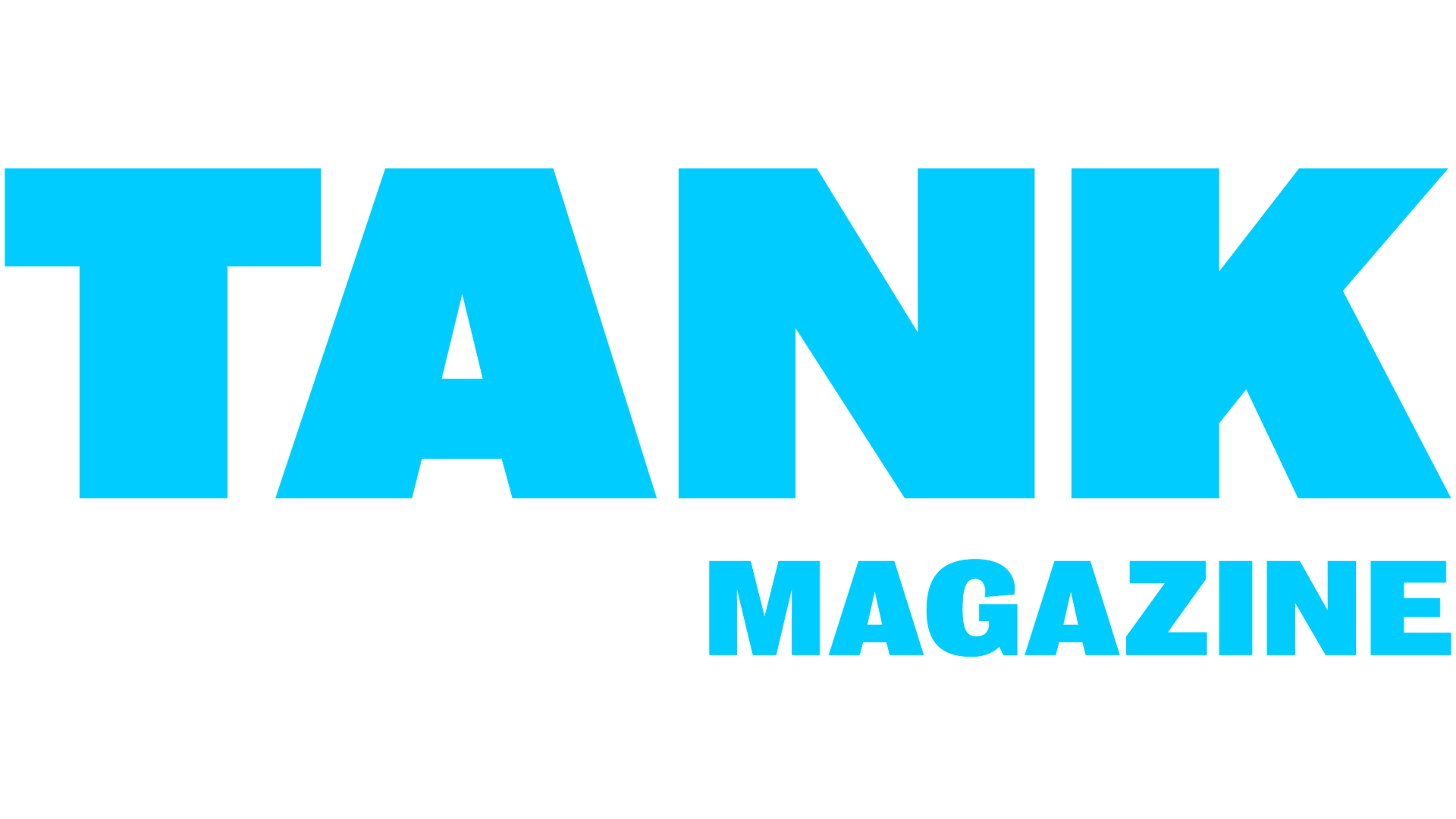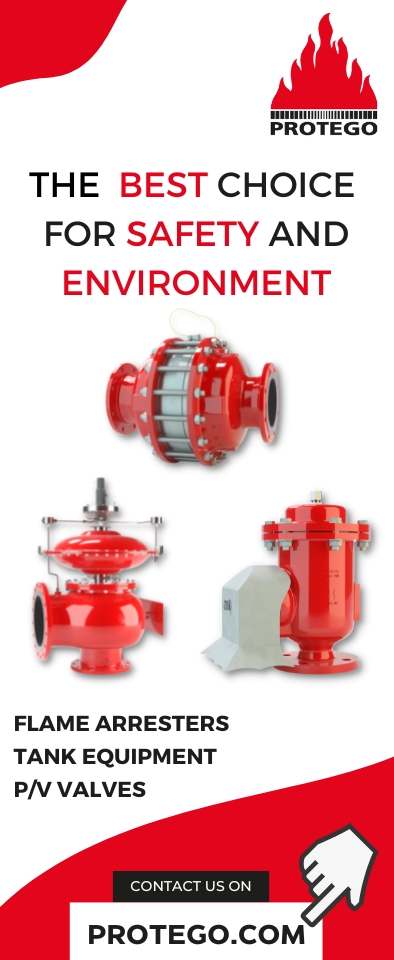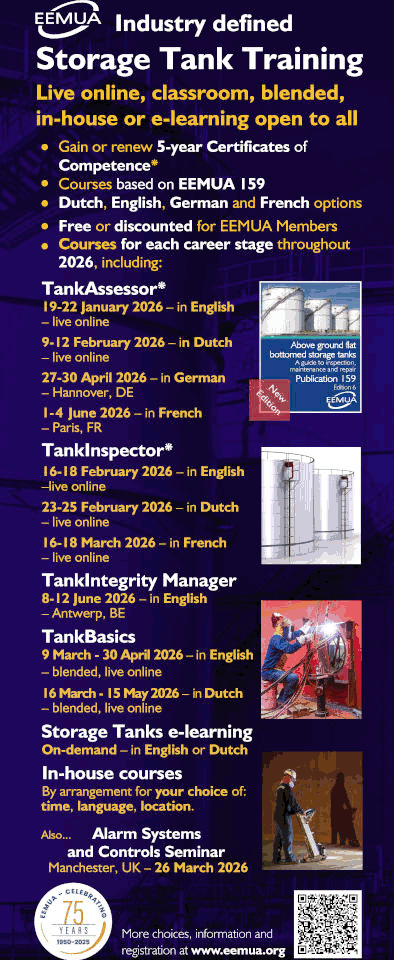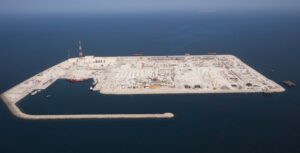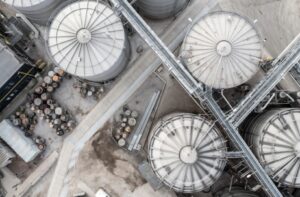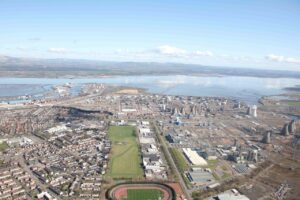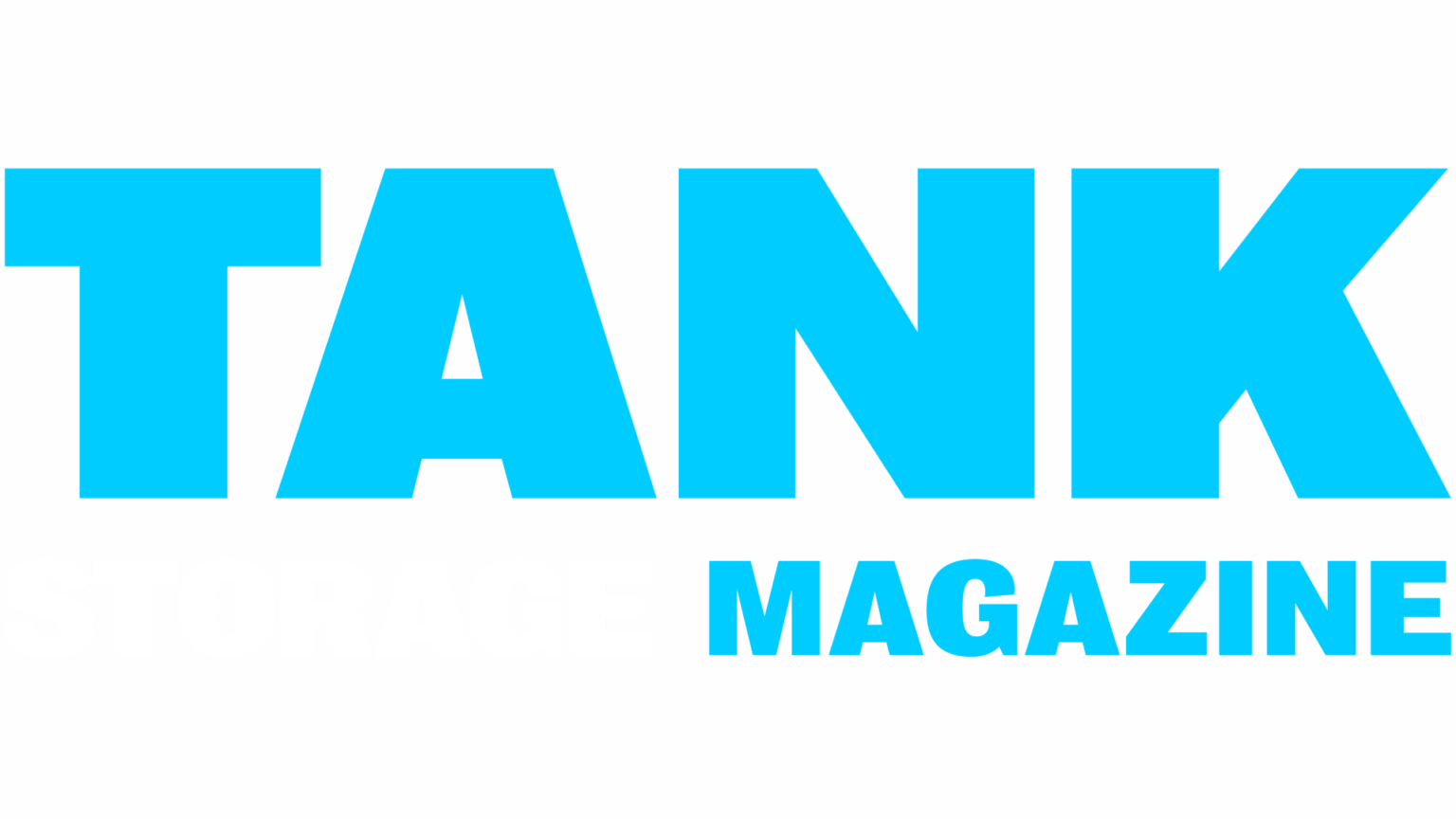Alexander Fokker, managing director at Vopak, explains the development of its sustainable feedstock storage in Rotterdam Vopak Vlaardingen is a terminal in the Port of Rotterdam, the Netherlands, that’s keeping up with the times. Today, the terminal uses drones for its inspections and with its new tanks, the terminal has an important role in the rising demand for energy from renewable sources in Europe. The regular refurbishments of old infrastructure in combination with the passion and mentality of the colleagues at Vopak Vlaardingen, have kept the terminal young. Hub location Vopak Vlaardingen is a large-scale independent terminal with […]
This post is only available to members. Please login below, or purchase Tank Storage Magazine Subscription – Print & Digital Subscription or Tank Storage Magazine Subscription – Digital Subscription to access this post.
log in
log in
